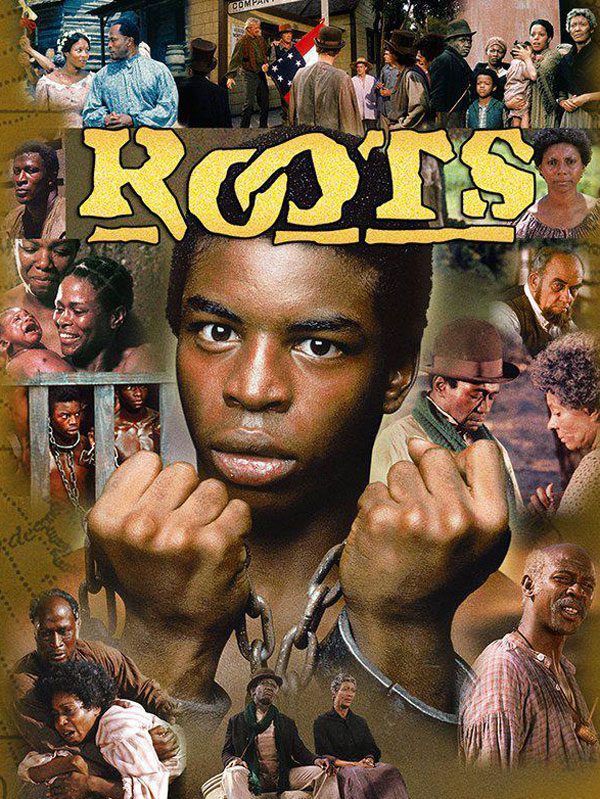Robert Darnton has a great post over at NYRB on precursors to blogging:
Blog-like messaging can be found in many times and places long before the Internet. Here, for example, is a recent post on The Superficial:
RadarOnline reports “traditional marriage” crusader and former Miss California Carrie Prejean is living in sin with her fiancé Kyle Boller of the St. Louis Rams where they’re no doubt eating shellfish. BURN THEM!
And here is a typical entry from Le Gazetier cuirassé ou anecdotes scandaleuses de la cour de France (1771):
Mlle. Romans is soon to marry M. de Croismare, Governor of the Ecole Militaire, who will use six aides de camp to take his place in performing the conjugal service.
…To appreciate the importance of a pre-modern blog, consult a database such as Eighteenth Century Collections Online and download a newspaper from eighteenth-century London. It will have no headlines, no bylines, no clear distinction between news and ads, and no spatial articulation in the dense columns of type, aside from one crucial ingredient: the paragraph. Paragraphs were self-sufficient units of news. They had no connection with one another, because writers and readers had no concept of a news “story” as a narrative that would run for more than a few dozen words. News came in bite-sized bits, often “advices” of a sober nature—the arrival of a ship, the birth of an heir to a noble title—until the 1770s, when they became juicy. Pre-modern scandal sheets appeared, exploiting the recent discovery about the magnetic pull of news toward names. As editors of the Morning Postand the Morning Herald, two men of the cloth, the Reverend Henry Bate (known as “the Reverend Bruiser”) and the Reverend William Jackson (known as “Dr. Viper”) packed their paragraphs with gossip about the great, and this new kind of news sold like hotcakes. Much of it came from a bountiful source: the coffee house.
Without some good eye-straining time at a monitor or a microform reader, it’s hard to appreciate just how different newspapers once were. Even for many years after Viper and Bruiser, front pages remained a wilderness of indistinguishable shipping news, assorted and sundry royal doings, notices that fine bolts of linen were to be had at so-and-so’s shop, and the occasional really excellent carriage wreck. Feature writing and star reporters had their rise with the New York Sun and the Herald, while the look of modern papers came from Pulitzer’s New York World: illustrations, human interest, compelling stories with big heds on page 1. And tabloids and Fox-mongering more or less evolved — or devolved, I guess — from Hearst’s Journal and the National Police Gazette.
So maybe the comparison is not entirely a fanciful one:
(Via Gawker)





